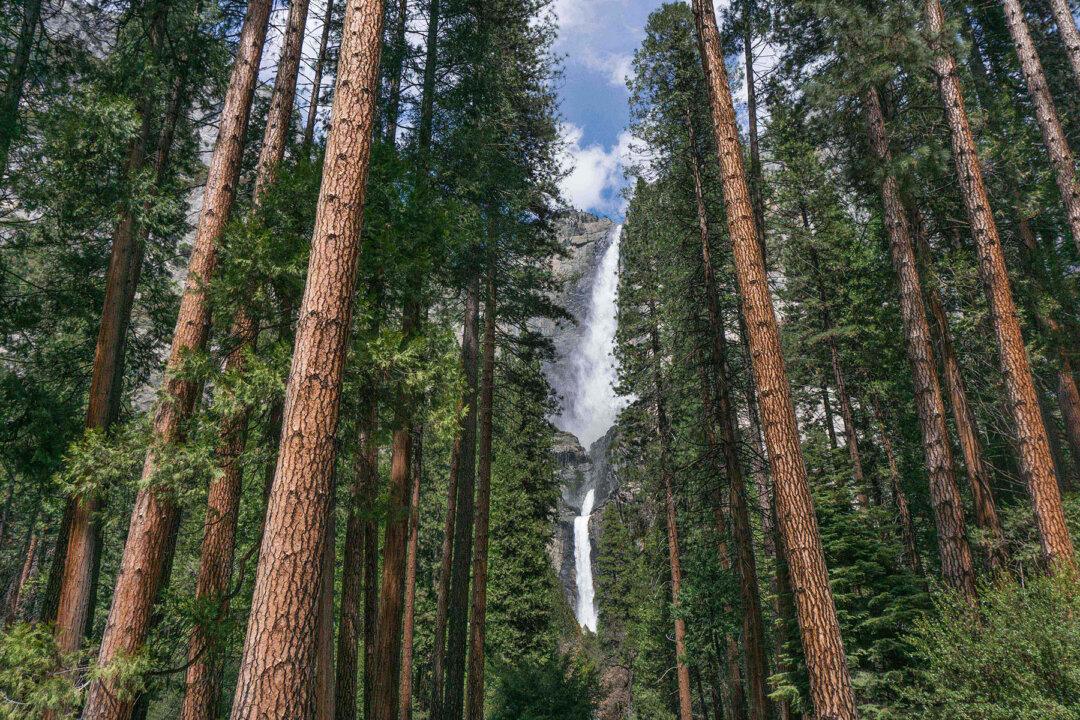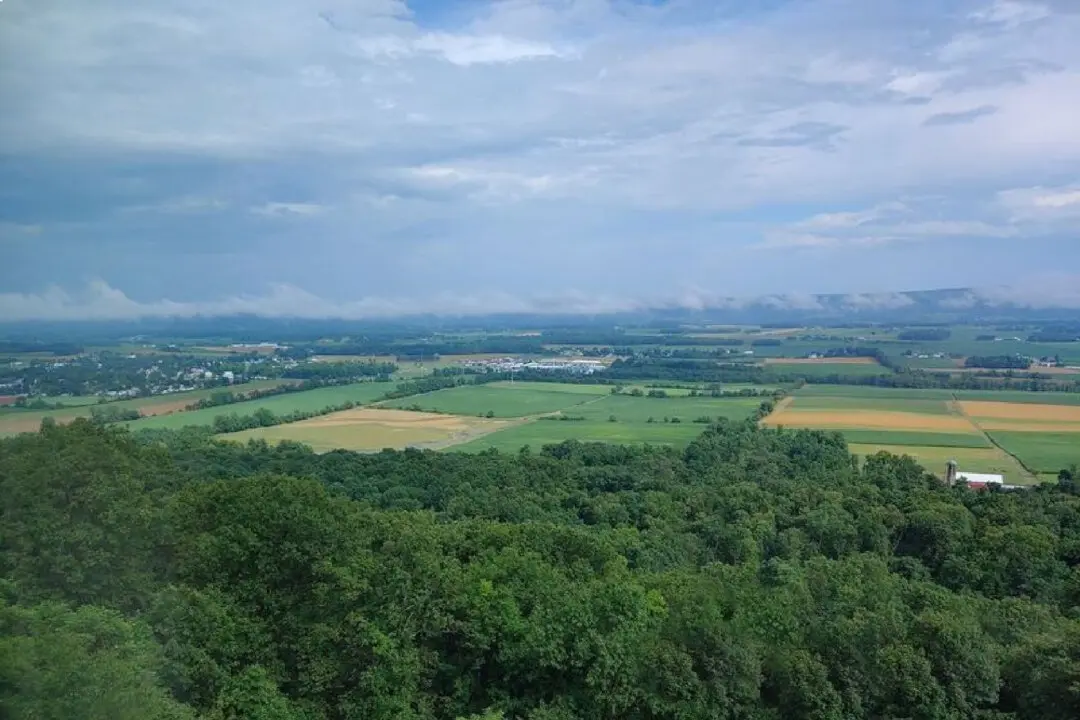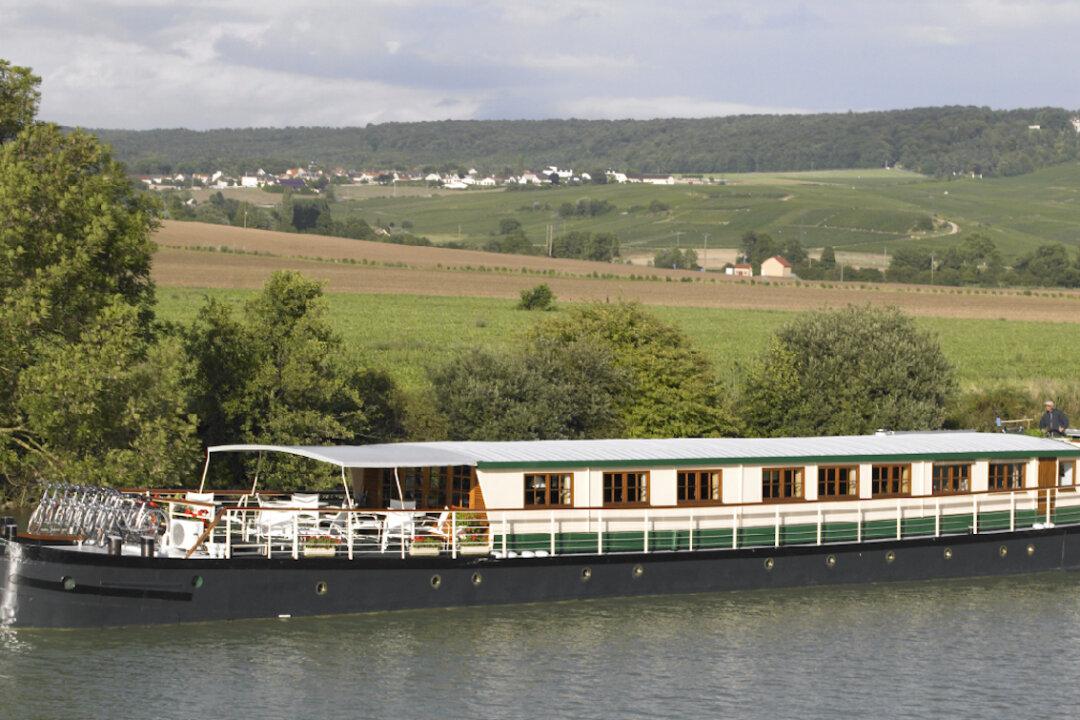When I encountered my first giant sequoia in the Mariposa Grove, my head didn’t tilt back far enough to see the top, and walking around the trunk practically required a GPS. Leaving noise and civilization behind to walk among these ancient trees brought us to the famous Grizzly Giant, the grove’s elder statesman, which rivals the Statue of Liberty in height and sports a branch extending outward that is larger than the trunks of most trees.
Welcome to just one of the many magnificent displays of Mother Nature’s handiwork nurtured throughout Yosemite National Park, about four hours north of Los Angeles. The expanse of the park is invigorating, its history immersive, its beauty immeasurable, and its tiny towns intriguing. Visiting here is a visceral experience: Not only do you see its grandeur, but you also feel it inhabit your body. People have long been going here for social distancing.
Driving through the park along hilly, winding roads, overlooking the tree line beside you and toward the mountains ahead, is but a harbinger of the visual delights yet to come. Those that have succumbed to the ever-more-present California fires add a touch of sadness to the otherwise exhilarating drive.
Unless you plan to spend days exploring the park from all four entry points, accept the fact that the park is huge and you’re only going to see the merest fraction of it—90 percent of visitors see only 3 percent of the park. But it will be enough to enthrall nonetheless. And there are options right outside the park, as well, that beg to be noticed.
When you think of Yosemite, maybe you visualize dramatic overlooks, soaring mountains, and rushing waterfalls. Perhaps you imagine mining towns and giant sequoias, bountiful hiking trails, and old historic villages. You probably don’t picture 15,000 fossils from 700,000 years ago, a collection of Ansel Adams photos, or any number of museums that are themselves small gems of mining, ranching, Native American, and logging lifestyles.





